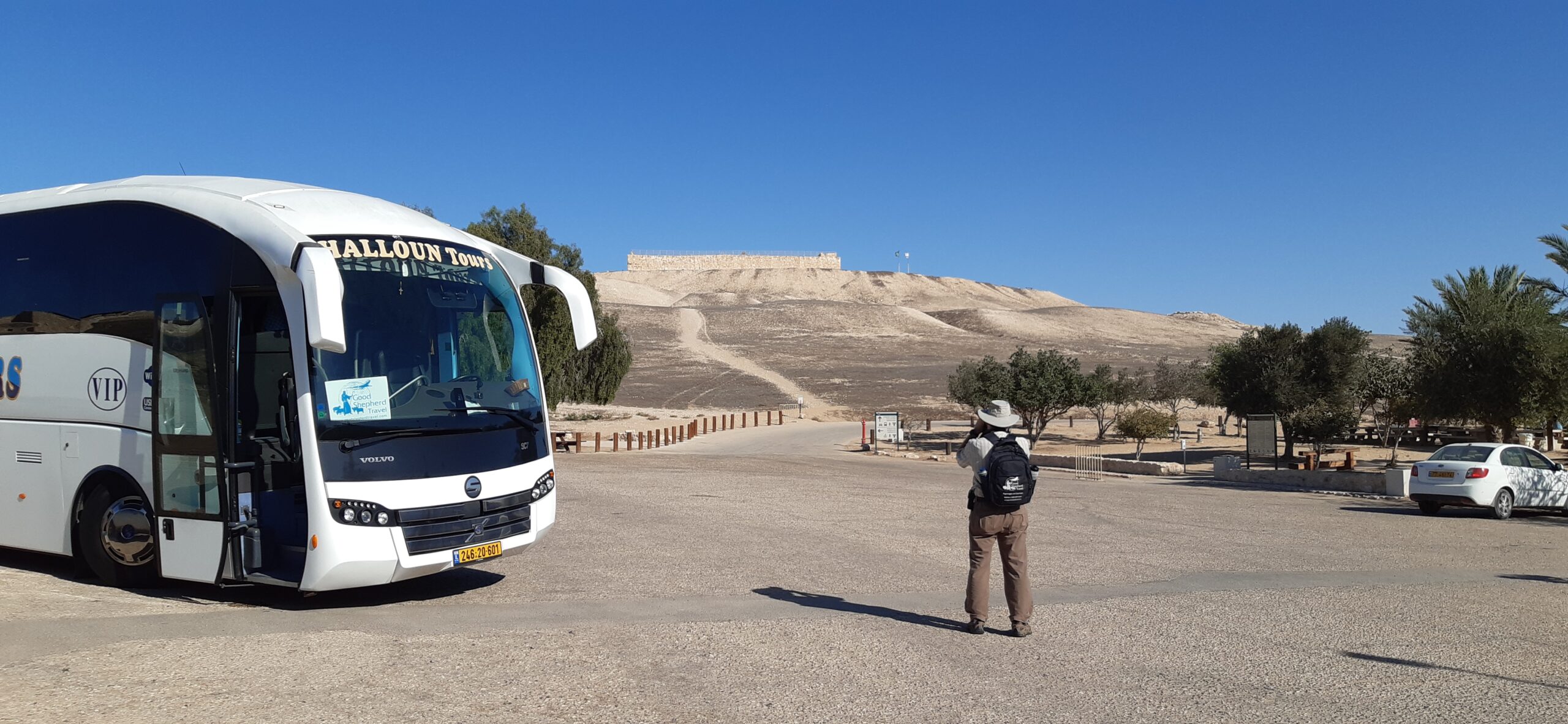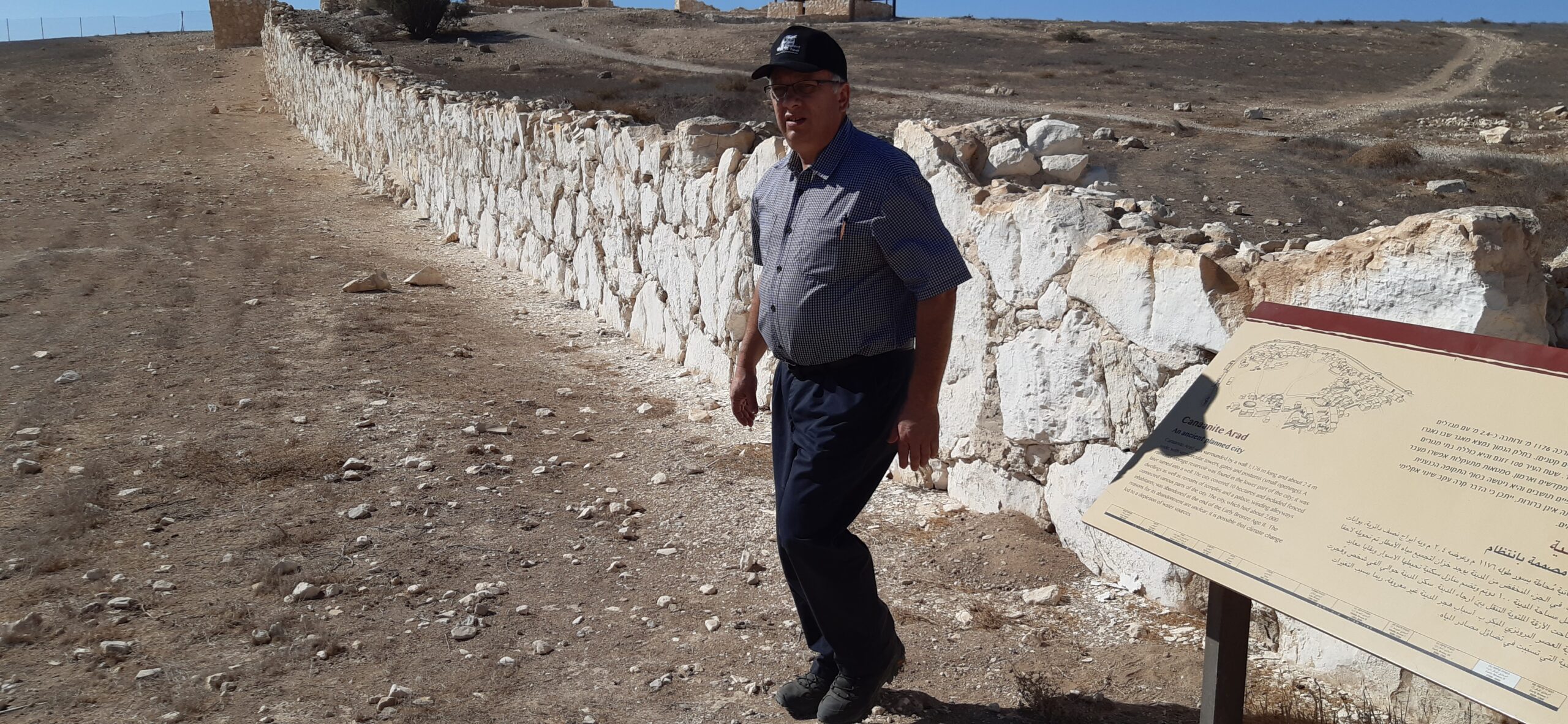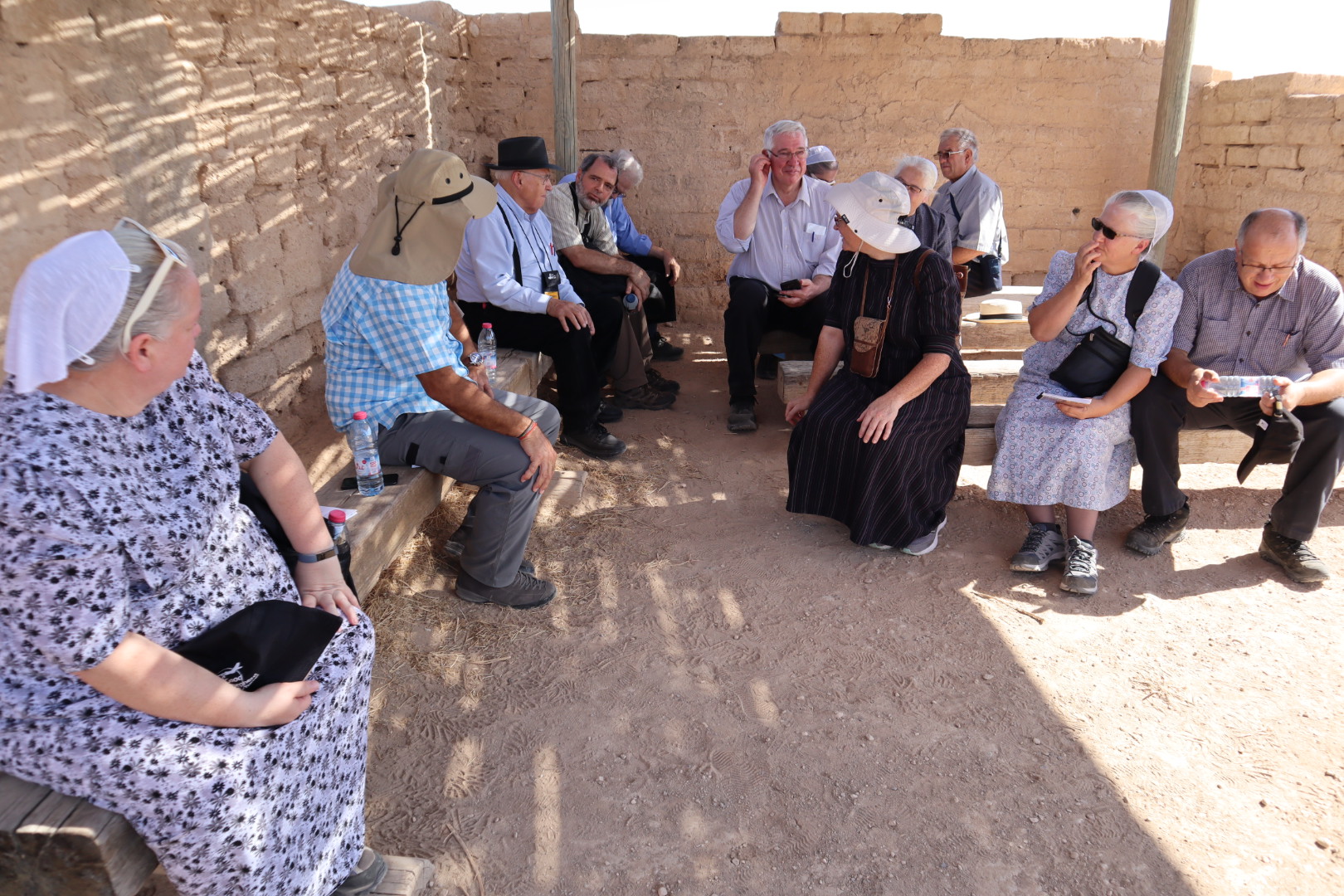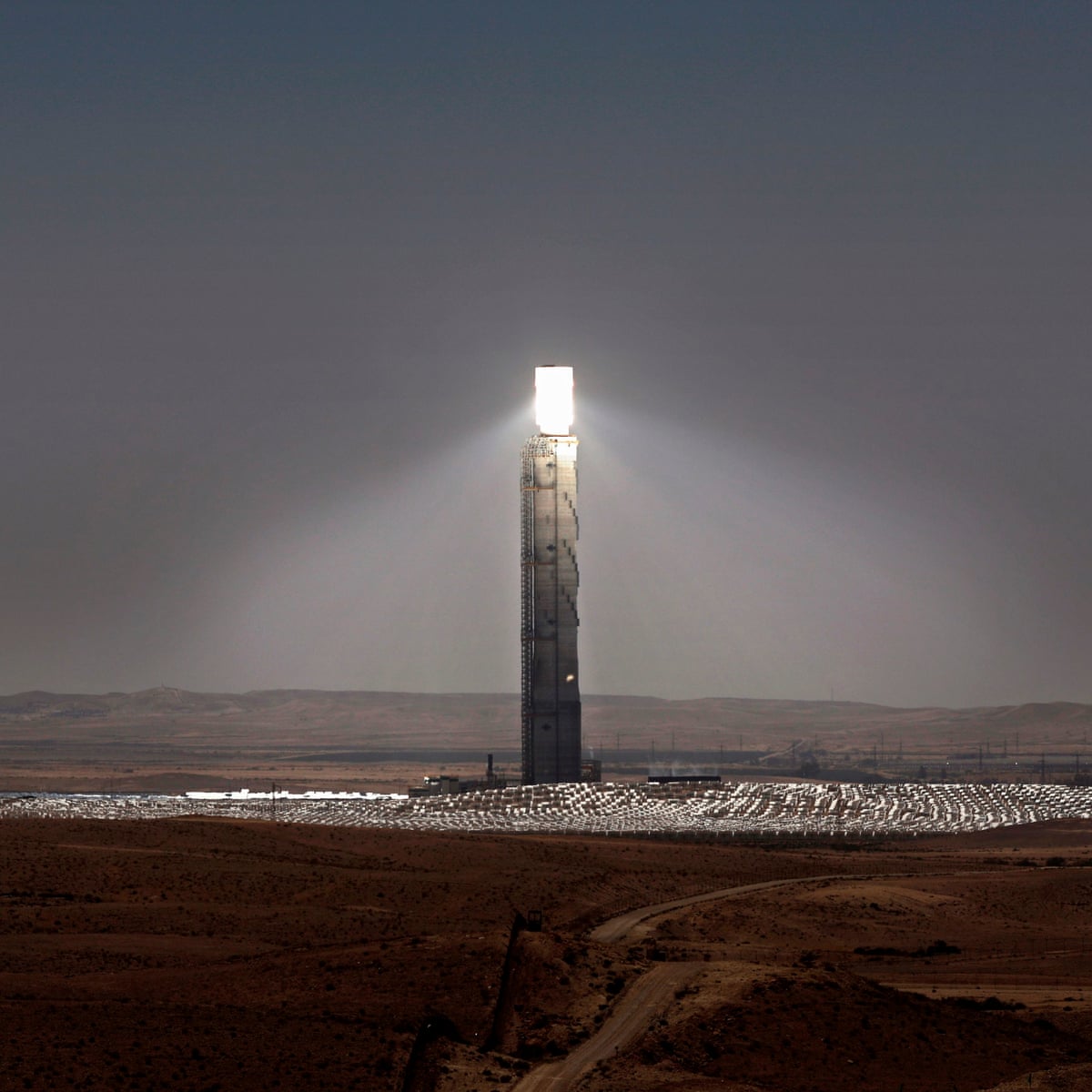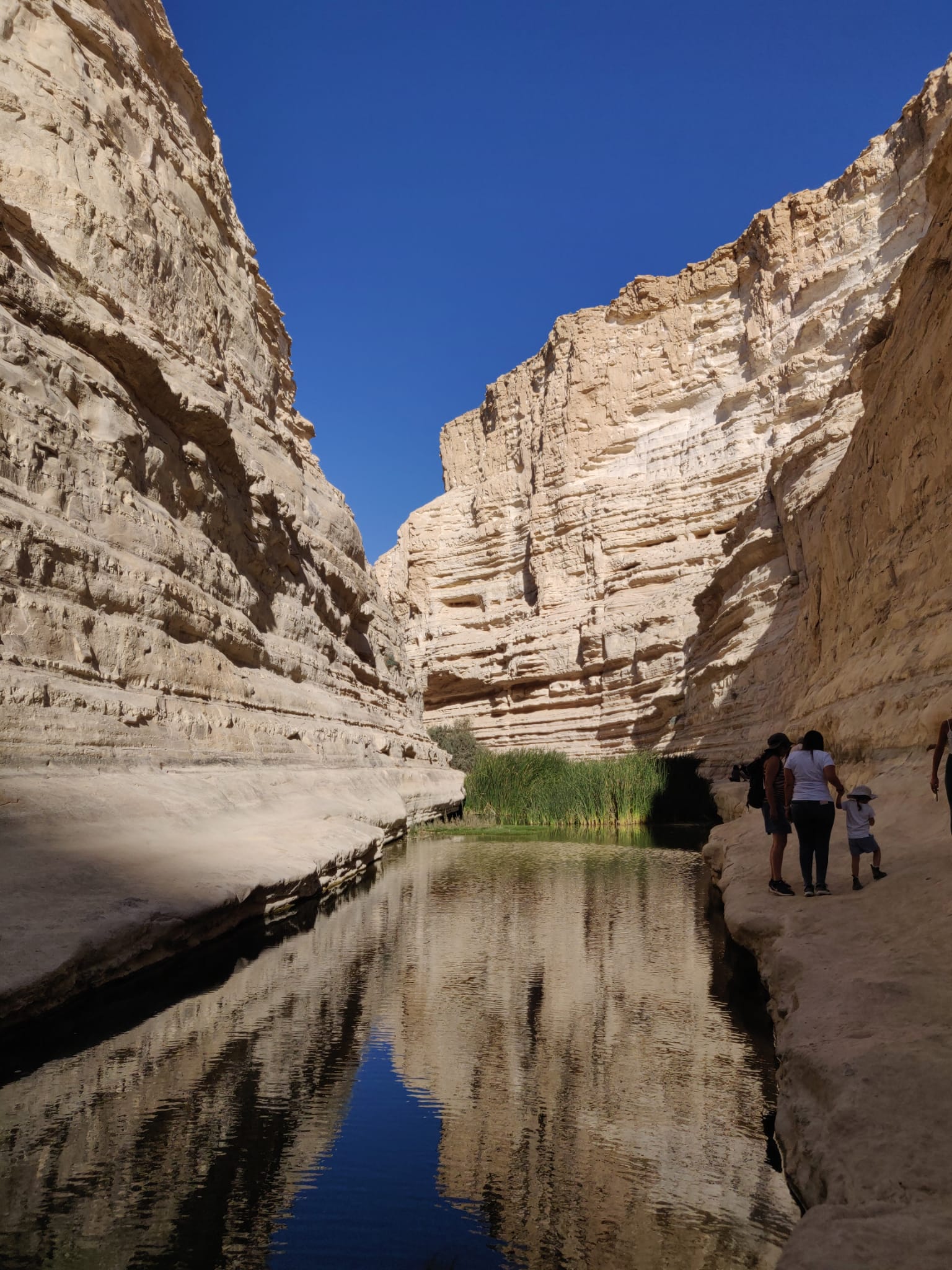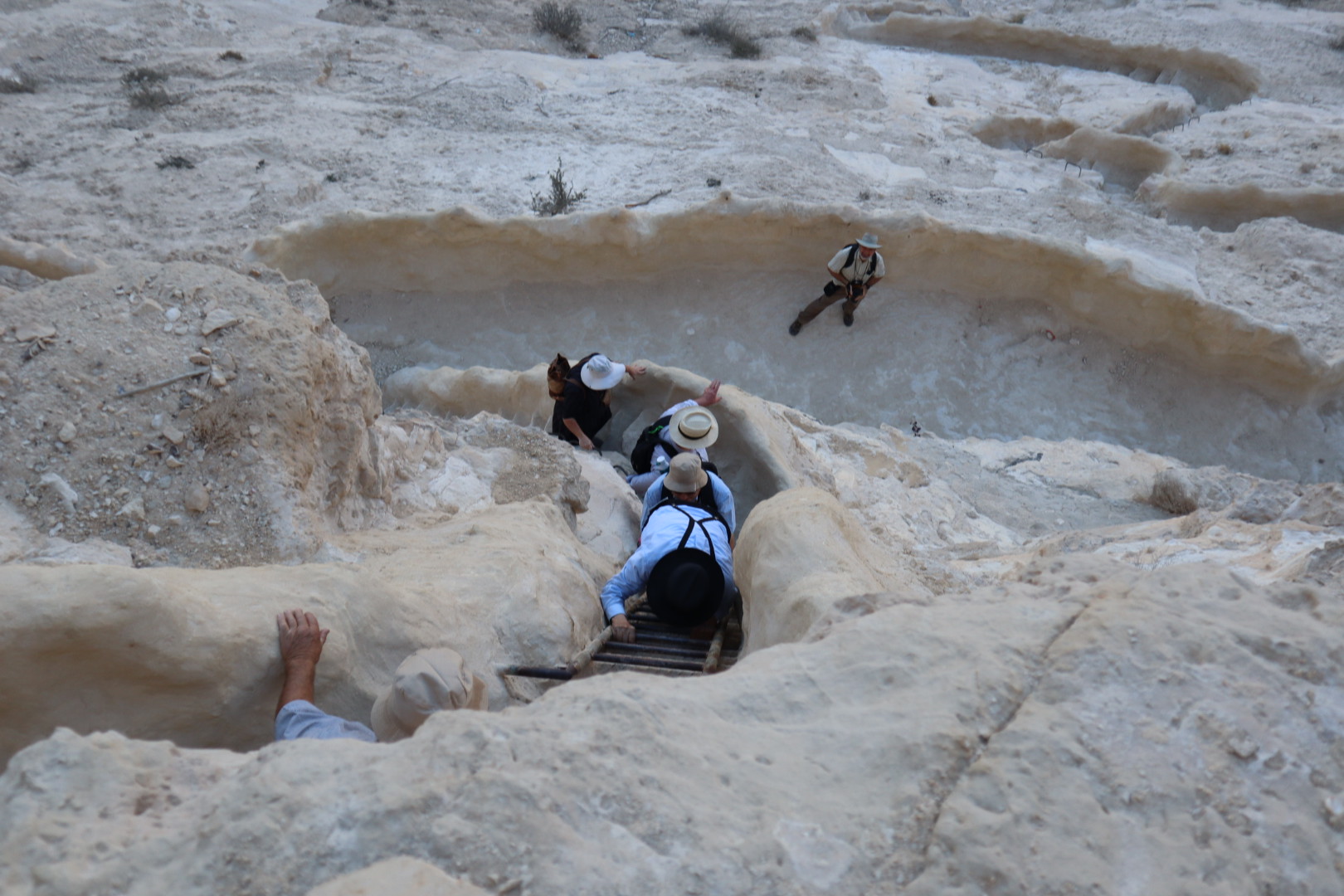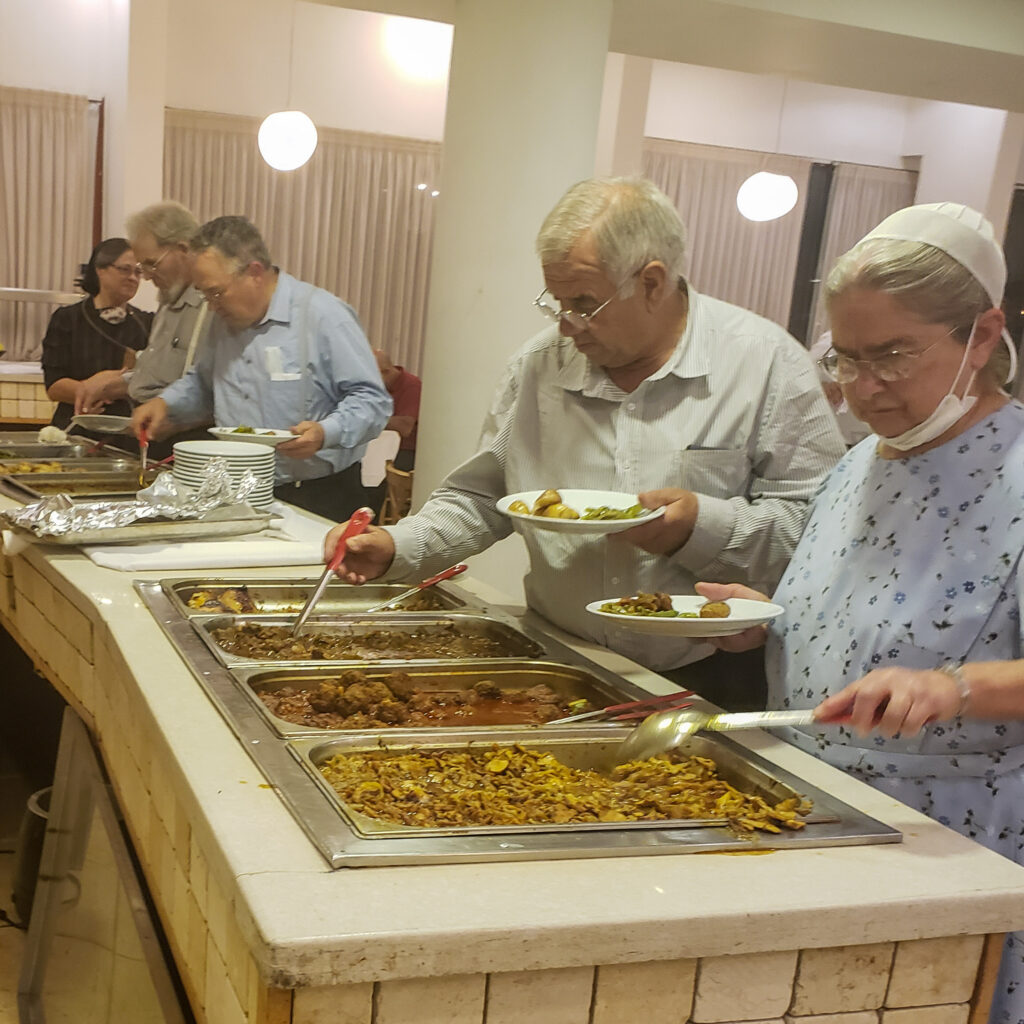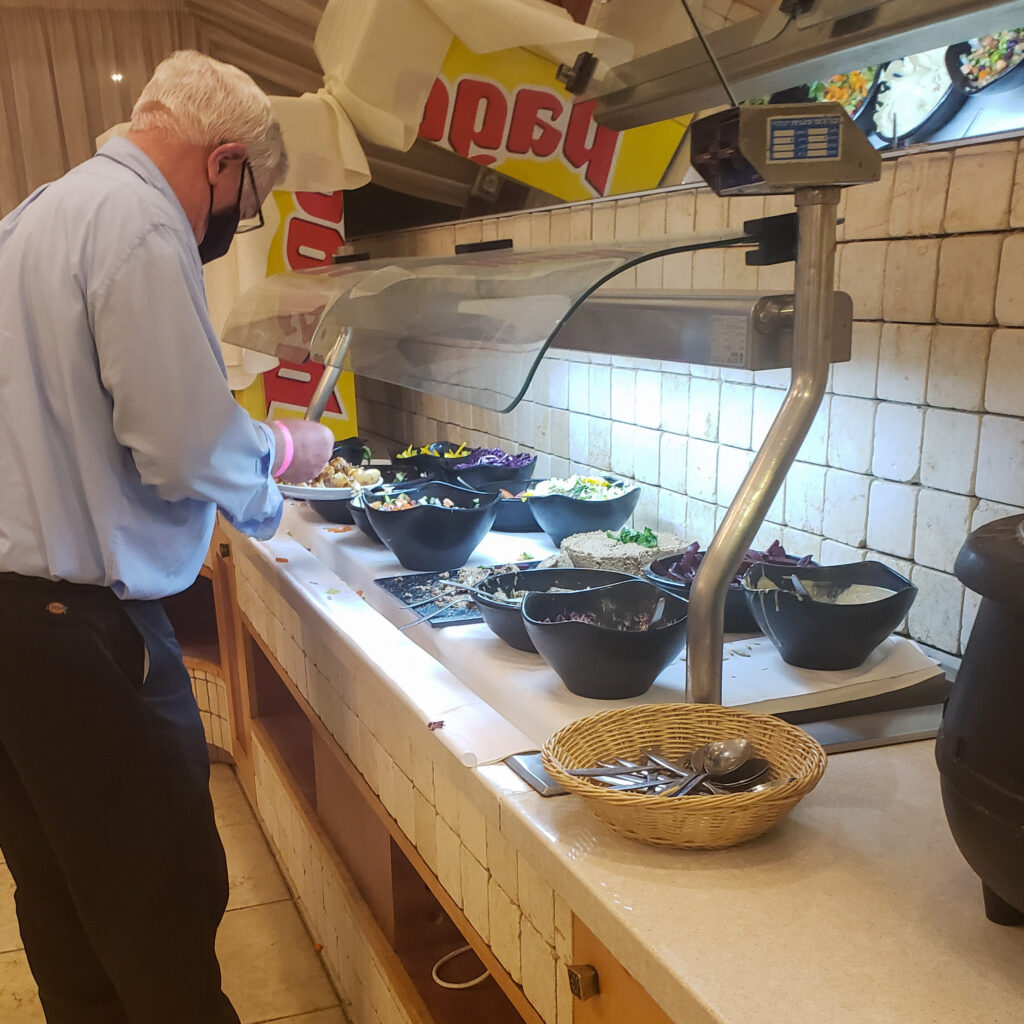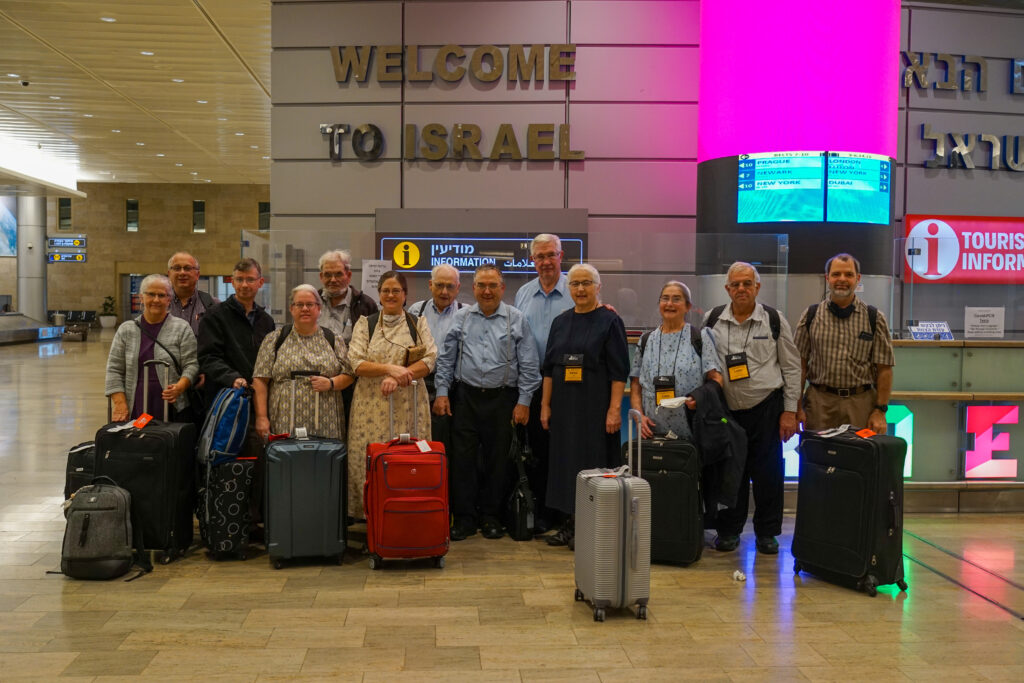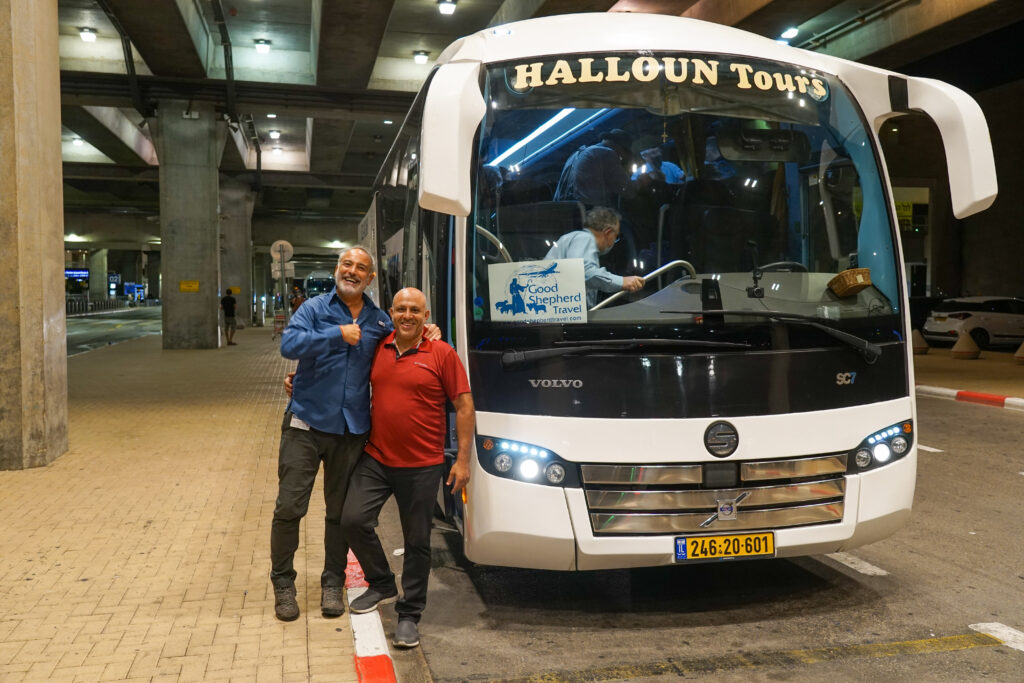The room phone rang at 6am sharp as a wake up call to get ready to leave Hotel Inbar.
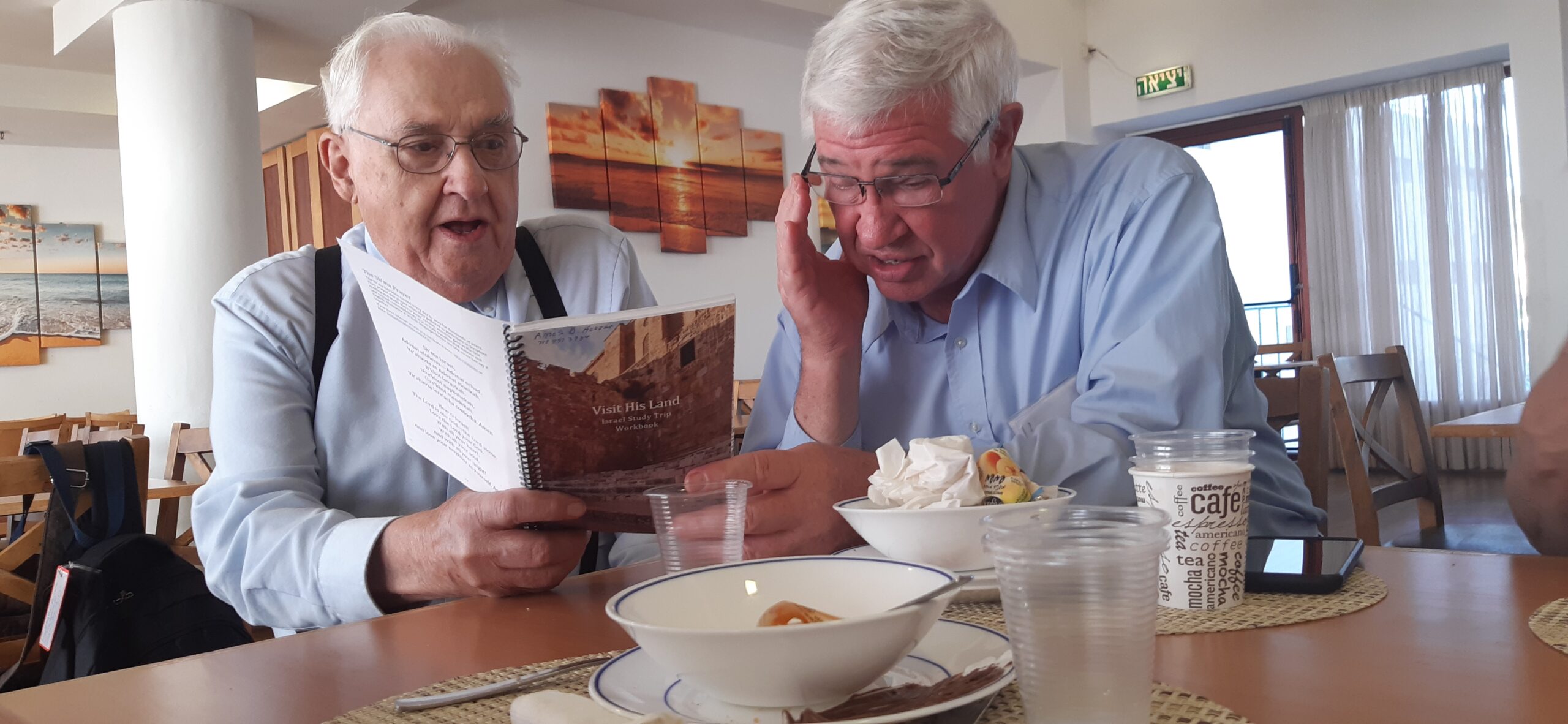
After breakfast we left Arad and had a nice ride through barren, but beautiful, hilly country on the way to Masada. We hiked up the trail that follows the ancient Roman ramp that ultimately assisted in breaching the Masada fortress.
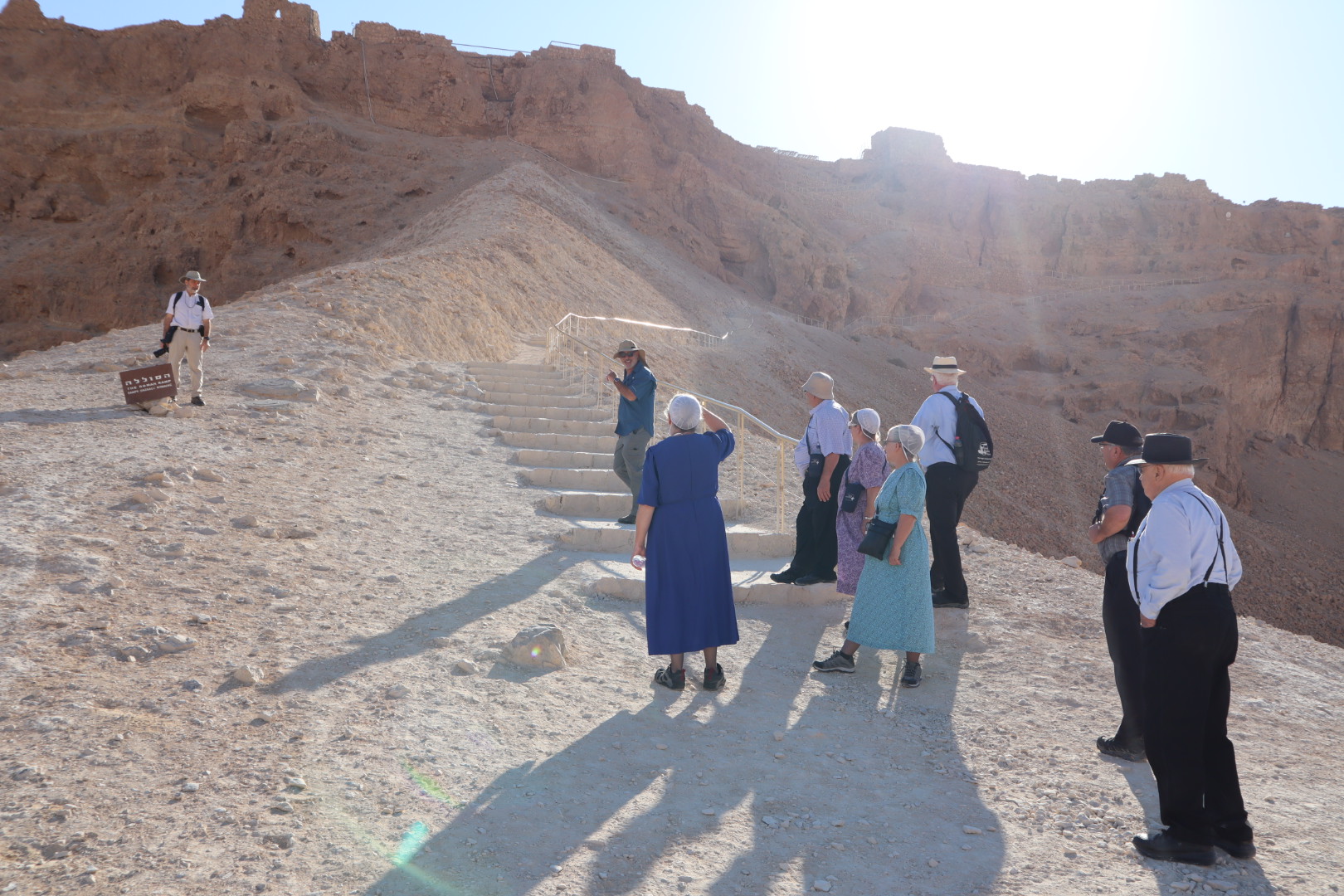
Once we arrived on Masada Sofian talked about Herod the Great who was rich, did incredible building projects, but as much as he wanted it Jews never accepted him as one of their own. Herod had to be satisfied with his riches and incredible building projects, one of them the palace fortress of Masada. Masada includes ruins of palaces, military quarters, Roman baths, many storage buildings, frescos and mosaics.
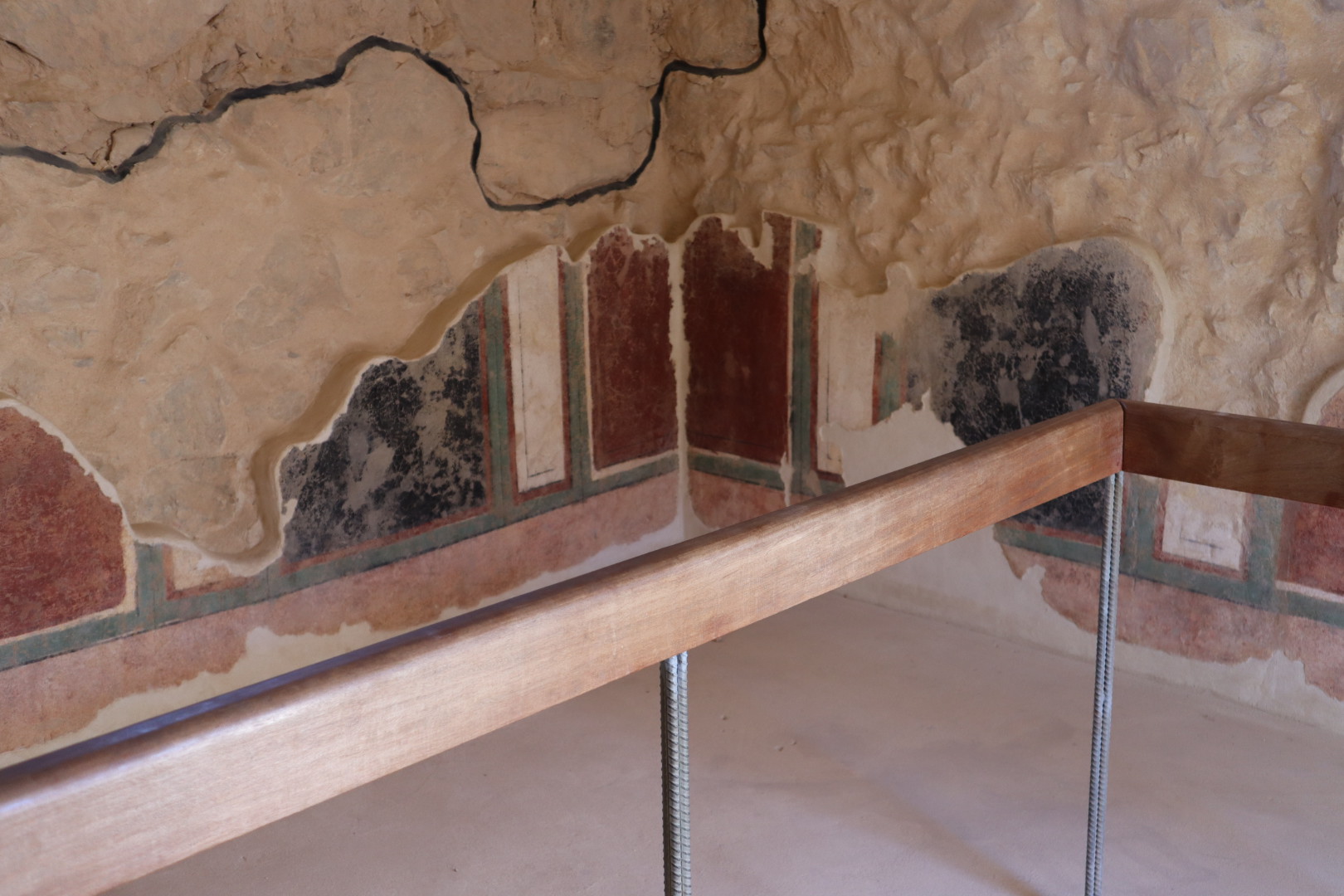
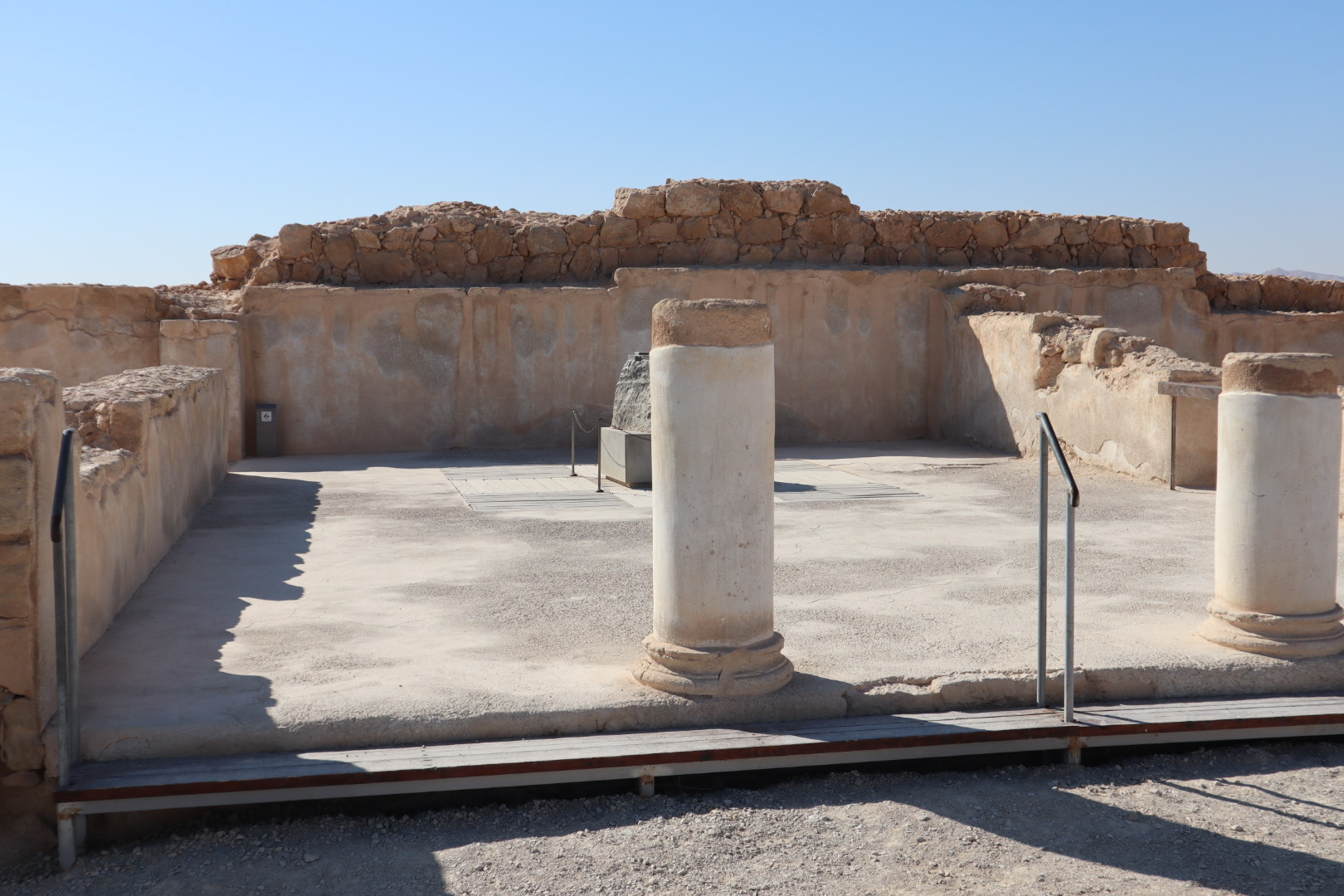
Masada is also, of course, the place of the last stand of the Zealots in 74AD and their famous mass suicide.
En Gedi is a spring and waterfalls near the Dead Sea that scenic and refreshing. David was in “the wilderness of En Gedi” while hiding from Saul. It evokes refreshment in the desert. There was a bit of a hike to see the falls and some of the group elected to relax in the shade instead. They got to visit with a school on an outing. Those who went the whole way to the large falls felt it was worth the effort to get there. It seemed to be popular spot with locals as well.
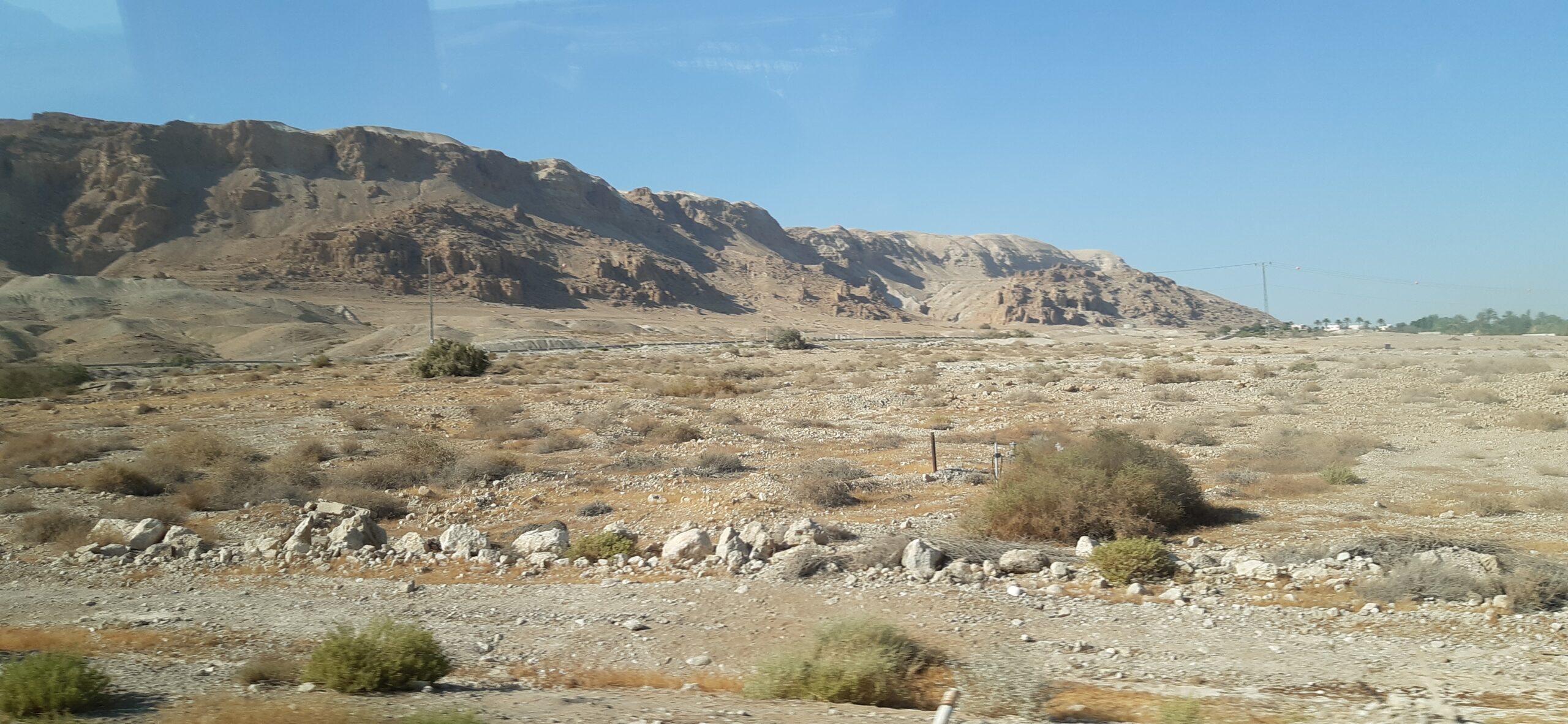
We stopped at the Qumran Dead Sea Visitor Center & Restaurant for a refreshing lunch of shwarma, chicken, salad & cold soft drinks.
After this we visited Qumran, which was the settlement where those who came to be called Essenes lived and perhaps more famously stowed thousands of scrolls which was discovered starting in 1947. We saw the ruins of a community that expected the soon “end of the world” and so tried to live as the sons of light. They had a focus on remaining pure, which involved a lot of washing, so there were several mikvah ruins in Qumran. We learned that Qumran means “two moons” because the ancients could see both the moon & its reflection in the Dead Sea. We also saw what is thought to be the cave where the first Dead Sea scrolls were discovered in 1947.
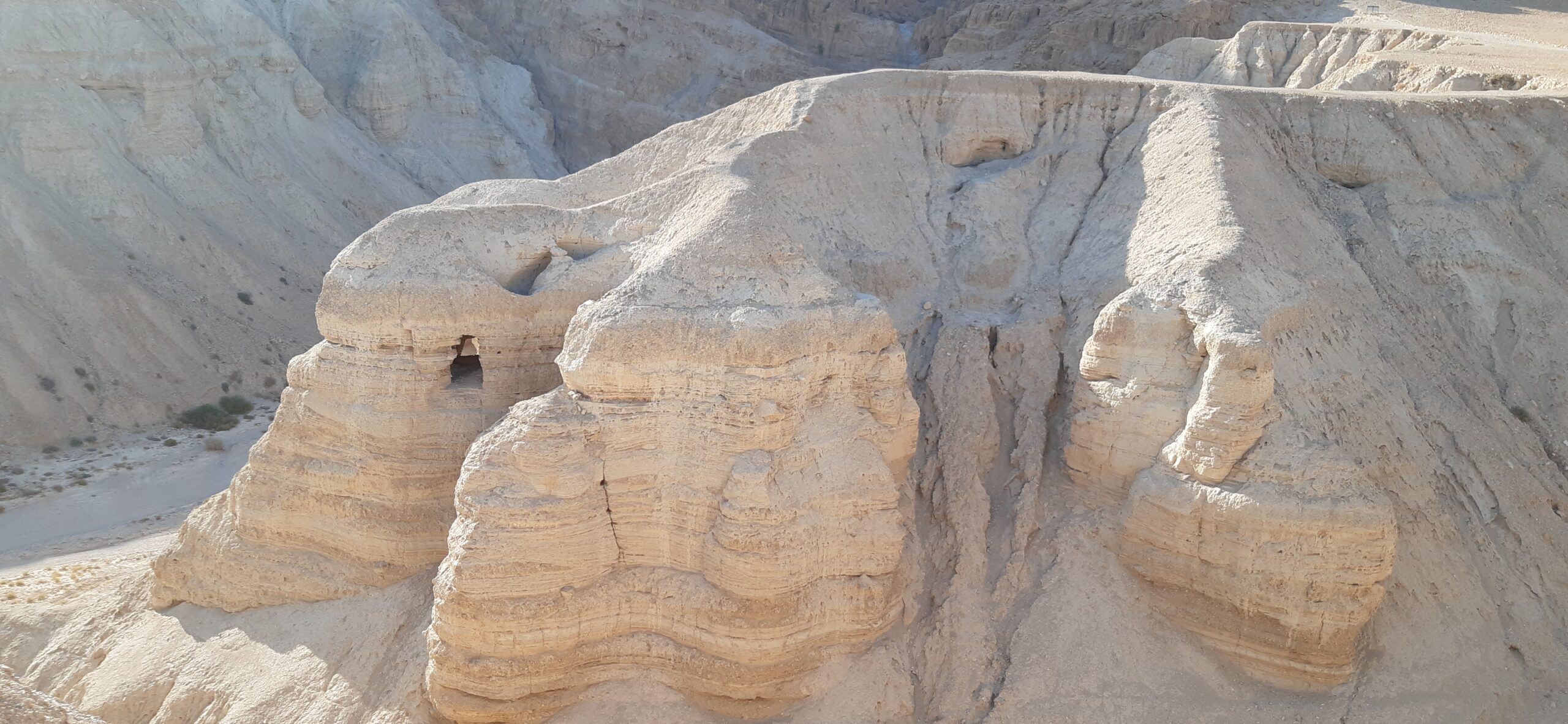
The Dead Sea loomed in the back ground and all day but now we headed to it. The Dead Sea is unique for various reasons: its extreme saltiness, its lowness (below sea level), its many supposed therapeutic quality and, environmentally, how quickly its disaapearing. It is shrinking at a rate of about 1 meter a year, according to our guide. On the high way north we noted a rock that marked how deep the Dead Sea was 100 years ago.
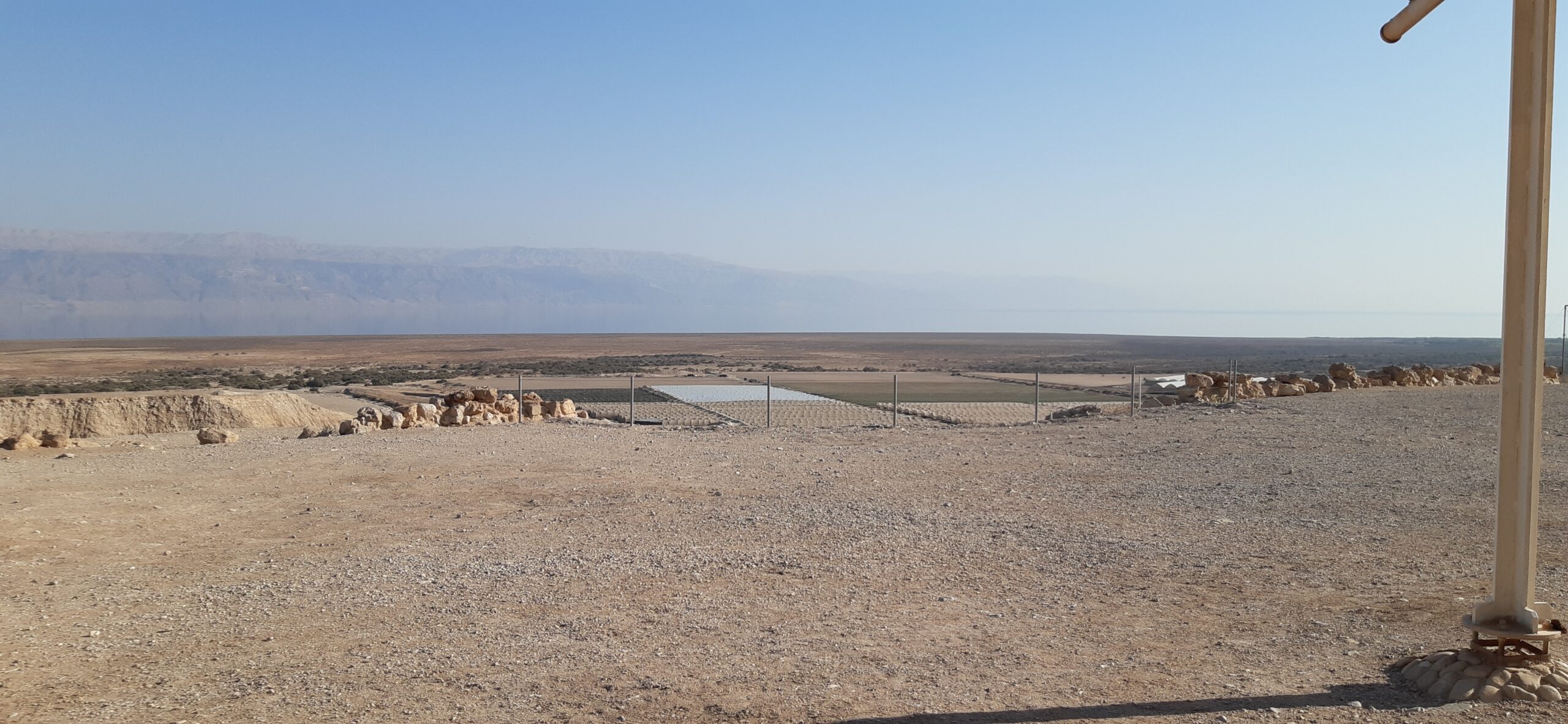
We also tried out the amazing floating characteristics of the Dead Sea. And, yes, you can read a magazine while floating. But don’t try reading your phone, the slimy constitution of the water permeates everything.
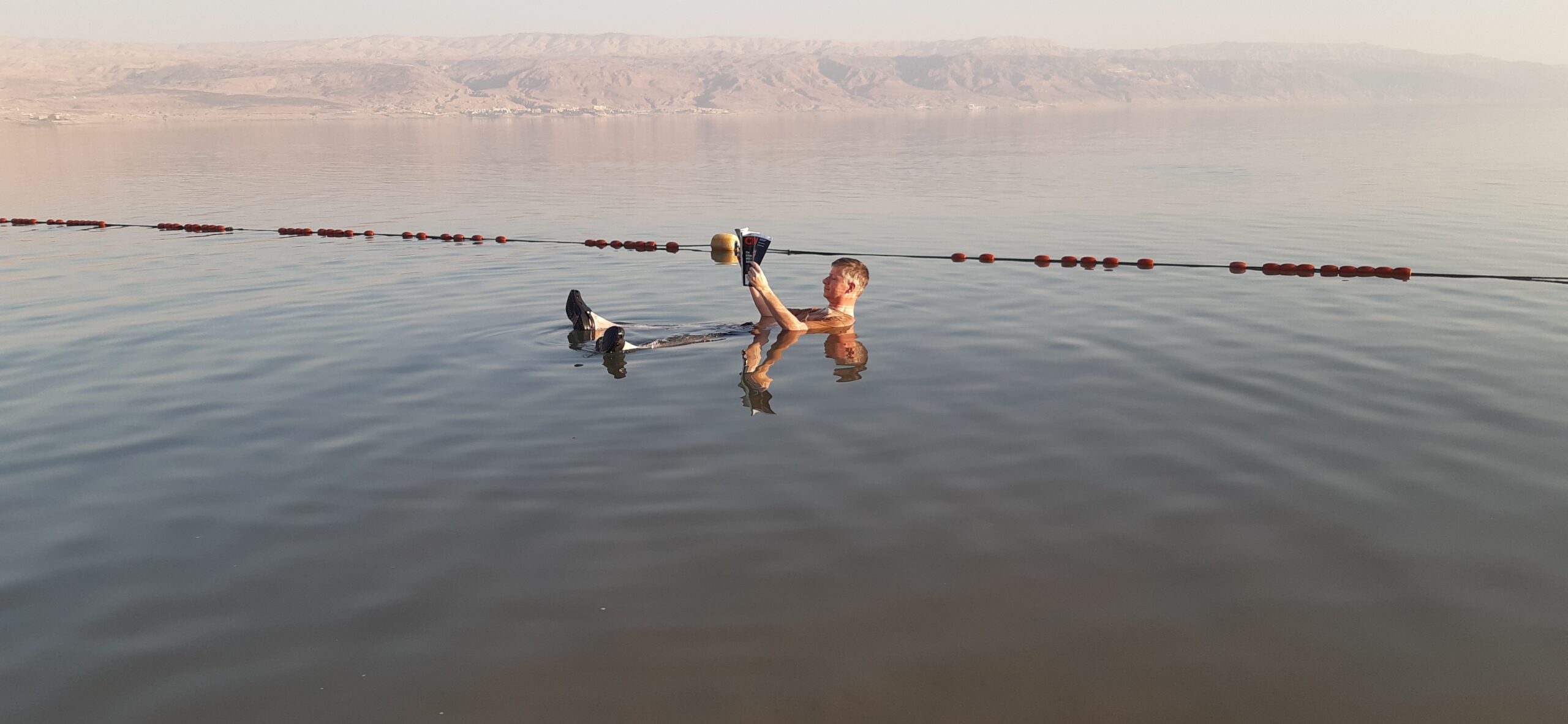
We ended the day in Tiberias beside Lake Kinneret (aka Sea of Galilee) at the Ron Beach Hotel.
